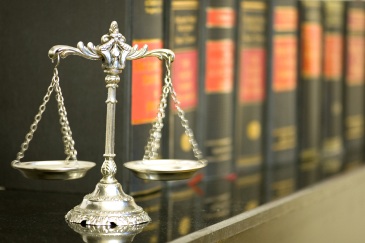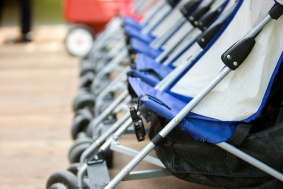Dislocations occur usually in the shoulder joint and the lower jaw. This is because the muscles and ligaments that hold the these bones together are not as resilient as others.
The shoulder joint is extremely mobile. As a result, the ball at the top of the upper arm bone can be twisted out of its socket in the shoulder joint, especially if the arm receives a sudden jolt when fully stretched above the head. A child, who falls from a height and, on landing, instinctively throws up his arms to protect his head may dislocate his shoulder.

Dislocations
Similarly, the lower jaw can get dislocated even by an extremely deep yawn. But it is quite possible that the jaw will click back into place of its own accord as the child cries. Then, the child can then open and close his mouth without any pain.
But, if the jaw is injured, it is most likely to be fractured too. A fracture can be distinguished from a dislocation only with a x-ray report studied by a skilled practitioner.
But, realigning is possible only if it is done within a few hours of injury. After that, the the surrounding tissues swell up making realignment difficult.
A child who has dislocated a joint will be in great pain. The displaced parts of the joint press on nerves and overstretch ligaments and muscles at the slightest movement. The pain associated with a “simple” dislocation may, in fact, be greater than the pain related to a simple fracture of one of the long bones.
If the child’s shoulder is dislocated, secure the child’s arm across his chest with a sling made out of a big scarf folded into a triangle and tied around his neck. Take him to the nearest casualty department as soon as possible.
Do not give the child anything to eat or drink because he will almost certainly need an anaesthetic. Do not let him use the dislocated part, because any attempt to move may cause further damage.
Although fractures are usually considered more serious than dislocations, the opposite is often true. Even after the joint has been slipped back into place, there will be torn ligaments and bruised tissues to heal. The joint may get immobilised for several weeks and be more painful than a fracture.
Occasionally, a bad dislocation leaves a joint weakened and more liable to further dislocation because the ligaments and muscles that hold it together, fail to heal to their original strength and elasticity. In such cases, the child may need treatment by a physiotherapist to strengthen the joint.










